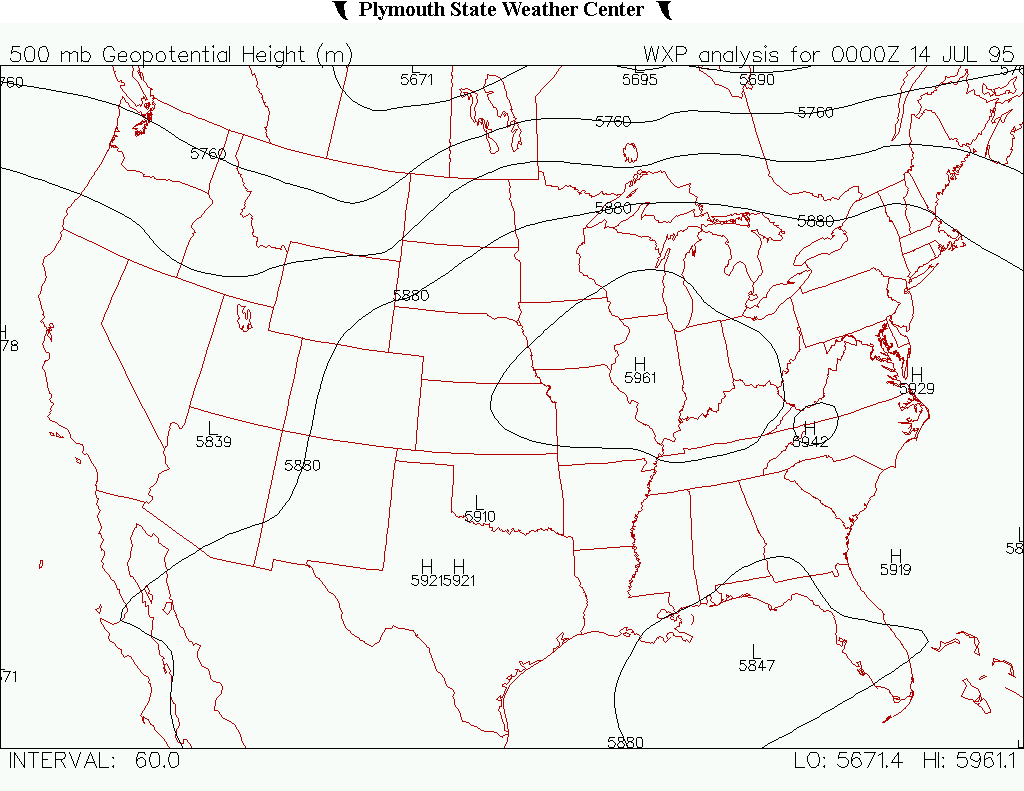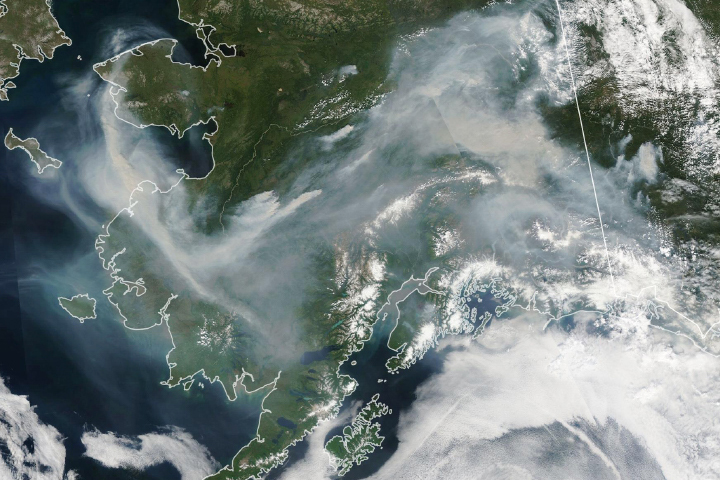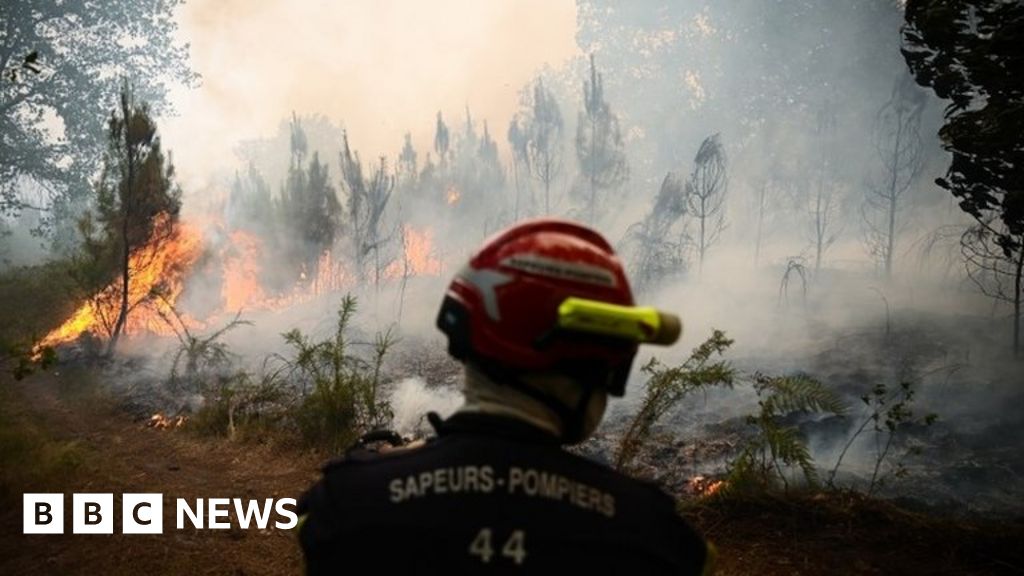July Heatwave: Europe’s Sweltering Summer
Europe is currently in the midst of a scorching heatwave, with temperatures soaring to unprecedented levels. The summer of 2023 has brought some of the hottest temperatures the continent has ever experienced. As a ‘heat dome’ expands over the southern half of Europe, a warm air mass has built up under a high-pressure system, creating stable and dry conditions.
The Peak of the Heatwave

It is believed that Europe is currently at the peak of this extreme heatwave. Parts of Greece, eastern Spain, Sardinia, Sicily, and southern Italy have seen temperatures rise above 45°C at the beginning of this week. This relentless heat can be attributed to a slow-moving anticyclone, a high-pressure system dominating the upper atmosphere over southern Europe. As the air mass moves downwards, it compresses and warms up, causing temperatures to reach record highs.
Factors Contributing to the Heatwave

High Pressure and Warm Air Transport
High-pressure systems, like the anticyclone mentioned earlier, are associated with reduced cloud cover. This allows more solar radiation to reach the ground, resulting in the substantial heating of the Earth’s surface. The long days and short nights of summer amplify this heating effect. Additionally, large-scale winds, known as advection, blowing hot air from regions like northern Africa into Europe, can also contribute to heatwaves, although it seems to be less important for the current heatwave.
Atlantic Ocean Heatwave
Another factor influencing Europe’s current weather is the Atlantic Ocean heatwave. The Atlantic Ocean has been warmer than average in its basins, particularly near North America and Europe. Ocean heatwaves can affect atmospheric circulation patterns and warm up the air masses above them. While sea surface temperature anomalies in the eastern North Atlantic have reduced since June, marine heatwaves continue in certain regions.
Duration and Relief

The extreme temperatures currently being experienced are expected to last until today or tomorrow (19-20 July). However, there is some relief in sight as a slightly less warm air mass moves in from the north. Unfortunately, this relief may be short-lived, as another period of extreme heat is forecasted for the end of this week and the beginning of next week (23-25 July).
The Uncertainties in Predicting Extreme Temperatures

Forecast Model Limitations
It’s important to note that forecasting extreme temperatures can be challenging. Forecast models can sometimes underestimate peak temperatures, particularly in urban areas. Other local factors such as wind direction, cloud cover, or terrain features can also affect temperatures, resulting in variations from what is predicted by the models.
The Complex Nature of Atmospheric Dynamics
Atmospheric dynamics are intricate, with interactions between the waxing and waning of anticyclones and advection. These complexities make it difficult to predict extreme weather events accurately. Other factors, such as large-scale disturbances, jet stream variability, and tropical cyclone activity, can disrupt heat domes by changing atmospheric circulation patterns. However, these factors are highly unpredictable and dependent on numerous variables.
Heat Stress and Its Impact

Heatwaves not only affect the weather but can also have significant consequences on human health. Heat stress is a measure of the environmental impact on the human body, considering factors like temperature, humidity, wind speed, and more. Summer 2023 has already seen parts of southern Europe experience up to 10 days of ‘very strong heat stress,’ with some areas in southern Spain enduring up to 30 days. Last year, some regions in southern Spain faced 50-60 days of very strong heat stress, leading to numerous fatalities. With an increasing number of days of extreme heat stress due to climate change, Europe needs to prepare for the potential health risks associated with heatwaves.
Conclusion

The July heatwave gripping Europe has brought unbearable temperatures and dry conditions to the continent. The high-pressure system and warm air transport have contributed to this unprecedented heatwave, along with the influence of the Atlantic Ocean heatwave. While relief may be temporary, it is essential to recognize the uncertainties and limitations in predicting extreme temperatures. The complex dynamics of atmospheric systems make accurate forecasting challenging. It is crucial for individuals and communities to prioritize heat stress prevention measures and stay updated on local weather conditions.
FAQs

1. How long will the July heatwave last?
The current heatwave is expected to last until today or tomorrow (19-20 July), with another period of extreme heat forecasted for the end of the week and the beginning of next week (23-25 July).
2. Can forecast models accurately predict peak temperatures during heatwaves?
Forecast models can sometimes underestimate peak temperatures, especially in urban areas, and variations can occur due to local factors like wind direction, cloud cover, or terrain features.
3. What factors can disrupt heat domes?
Significant changes in atmospheric circulation patterns, which can be caused by large-scale disturbances, jet stream variability, or tropical cyclone activity, have the potential to disrupt heat domes.
4. How does heat stress impact the human body?
Heat stress accounts for various environmental factors such as temperature, humidity, and wind speed, which can have adverse effects on human health, particularly during extreme heat events.
5. How can individuals protect themselves from heatwaves?
During heatwaves, it’s important to stay hydrated, seek shade or air-conditioned environments, avoid strenuous activities during peak heat hours, and check on vulnerable individuals such as the elderly or those with underlying health conditions.





Add Comment